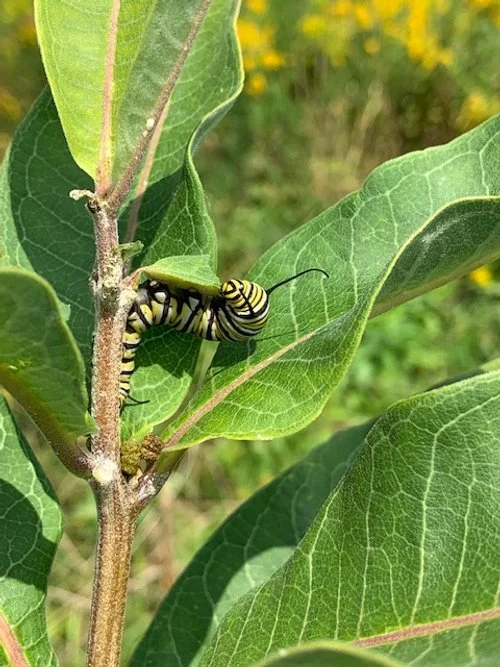
Native Plant Resources:
Why are native plants so important?
Native plant species are essential to the stability and resilience of local ecosystems. Having co-evolved with regional climates, soils, and wildlife, they form the foundation of complex ecological networks. Native plants provide specialized resources—such as nectar, pollen, and habitat—that support native pollinators, birds, and other fauna. Their deep-rooted structures improve soil health, reduce erosion, and enhance water retention, while their adaptation to local conditions minimizes the need for irrigation, fertilizers, and chemical inputs. Incorporating native plants into landscapes promotes biodiversity, supports ecological balance, and contributes to long-term environmental sustainability.

What species are native to NH?
Interested in being added to the list? Fill out the form below

Additional Native Plant Resources:
Erosion Control & Shoreline Stabilization:
NHDES-PLANTING GUIDE FOR TIDAL SHORELINE EROSION MANAGEMENT IN NEW HAMPSHIRE
PLANTING FOR SLOPE STABLIZATION ON MAINES COASTAL BLUFFS
Wildlife & Pollinators:
XERCES SOCIETY-NATIVE PLANTS FOR POLLINATORS AND BENEFICIAL INSECTS: NORTHEAST
UNH EXTENSION- NEW HAMPSHIRE’S NATIVE TREES, SHRUBS, AND VINES WITH WILDLIFE VALUE
NEW ENGLAND WILDFLOWER SOCIEITY NATIVE PLANTS THAT ATTRACT POLLINATORS
UMASS DARTMOUTH NATIVE PLANTS PREFERRED BY IMPERILED BEE & BUTTERFLY SPECIES IN NEW ENGLAND
Shoreline & Wetland Buffers:
NHDES-NATIVE SHORELAND/RIPARIAN BUFFER PLANTINGS FOR NEW HAMPSHIRE
Coastal Plant Species:
COASTAL LANDSCAPING IN MASSACHUESETTS
Other:




